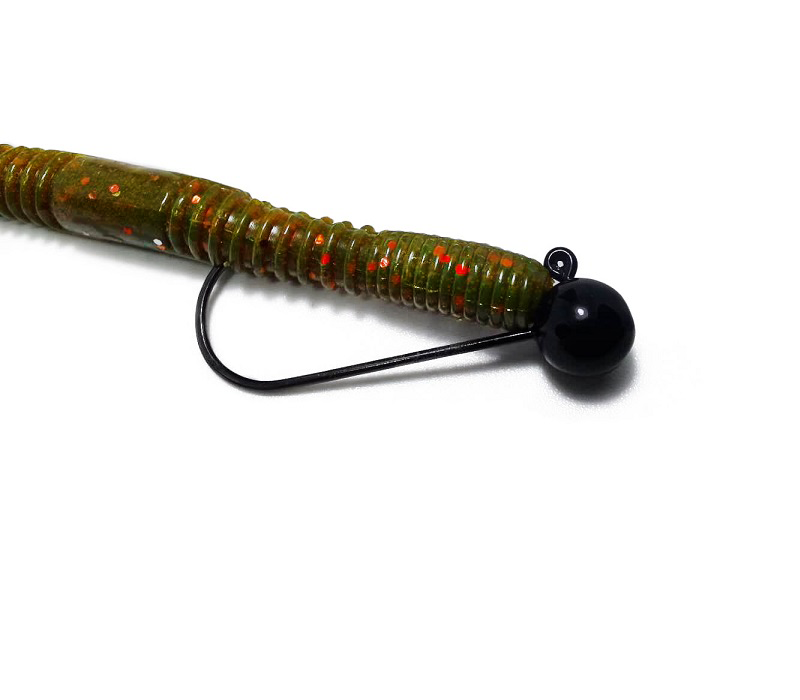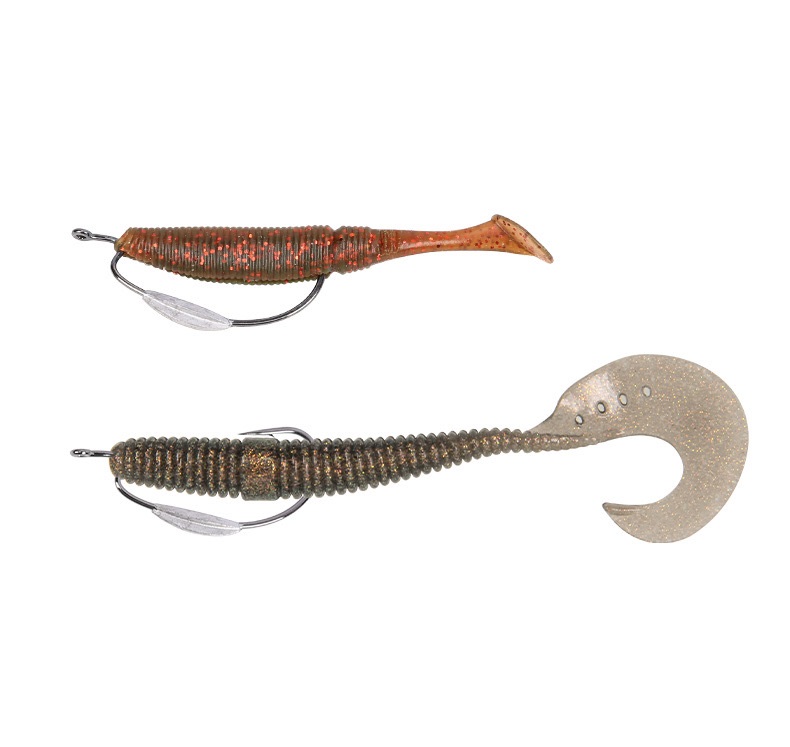Striped bass are a prized catch for anglers in both freshwater and saltwater environments. However, the choice of fishing hooks can vary significantly depending on the habitat, target size, and fishing techniques. Understanding these differences ensures better hookup ratios, healthier releases, and a more successful fishing experience.
Key Differences in hook Requirements
1. Hook Size and Strength
In freshwater, striped bass often feed on smaller prey like worms, crayfish, or juvenile baitfish. This allows anglers to use smaller hooks (sizes 1/0 to 4/0) without sacrificing performance. Smaller hooks reduce the risk of guthooking and make catchandrelease safer, especially for fish in the 20 to 30inch range.
Saltwater striped bass, on the other hand, frequently target larger baitfish like bunker (menhaden) or crabs. Here, heavier hooks (5/0 to 9/0) are essential to handle thicker bait profiles and stronger currents. For example, chunked bunker rigged on an 8/0–9/0 octopusstyle hook provides the gap needed to penetrate a striper’s bony jaw.

2. Material and Corrosion Resistance
Saltwater environments demand corrosionresistant hooks made from stainless steel or chemically treated alloys. Exposure to salt accelerates rust, which weakens hooks and reduces their lifespan. In freshwater, standard carbon steel hooks are sufficient, though anglers targeting trophysized fish may still opt for reinforced designs to prevent bending.
3. Hook Types for Different Techniques
Circle Hooks: Mandatory in many saltwater regions when using natural baits, circle hooks minimize guthooking by design. They’re ideal for livelining bunker or drifting eels, as the hook slides to the corner of the fish’s mouth during the fight.
JHooks: Versatile in both environments, Jhooks work well with artificial lures like soft plastics or jerkbaits. In freshwater, they’re often paired with worms or smaller swimbaits, while saltwater anglers use them for trolling or bottom rigs.
weighted hooks: Saltwater scenarios often require weighted jigheads or keel hooks to maintain depth in currents. In freshwater, lighter jigheads or unweighted rigs allow for a more natural presentation in calmer waters.
Environmental Factors Influencing Hook Choice
Freshwater Considerations
Water Clarity: Clear lakes or rivers may necessitate thinner, less visible hooks to avoid spooking fish. Fluorocarbon leaders paired with smaller hooks improve stealth.
Structure: Fishing near submerged logs or vegetation calls for weedless hooks to reduce snags. Widegap designs allow soft plastics to sit naturally while keeping the point exposed.
Saltwater Challenges
Currents and Depth: Strong tidal flows require heavier hooks to keep baits anchored. For example, ½ to ¾ounce jigheads help bunker swimbaits maintain a horizontal glide in open water.
Toothier Predators: Saltwater species like bluefish often share habitats with stripers. Longshank hooks prevent line cuts, while shortshank designs offer strength for hardfighting fish.

Rigging Tips for Success
Bait Alignment: Center the hook within soft plastics to ensure a natural swimming motion. Trim excess material at the nose for secure adhesion to jigheads.
Retrieve Adjustments: In saltwater, use slow, steady retrieves for weighted hooks to mimic injured baitfish. In freshwater, experiment with erratic pauses to trigger strikes on unweighted rigs.
Scent and Durability: Enhance soft plastics with scent attractants, especially in murky water. Reinforce the hook’s connection to the bait with adhesive to prevent tearing during casts.
When to Switch Hooks
Freshwater: Downsize hooks in early spring when stripers target smaller prey like worms. Switch to barbless designs for easier releases in catchandrelease fisheries.
Saltwater: Upgrade to heavier hooks during bunker migrations or when targeting trophy fish near structure. Replace corroded hooks immediately to avoid failures during fights.
Final Thoughts
Selecting the right fishing hooks for striped bass hinges on balancing strength, size, and environmental demands. In freshwater, prioritize finesse and stealth with smaller, lighter hooks. In saltwater, focus on durability and penetration power to handle larger baits and aggressive strikes. By adapting your tackle to the conditions, you’ll maximize both your catch rates and the survival of released fish.
Experiment with different hook types and sizes to find what works best in your local waters. Remember, even subtle changes—like switching from a thickwire to a chemically sharpened hook—can transform a slow day into an unforgettable outing.